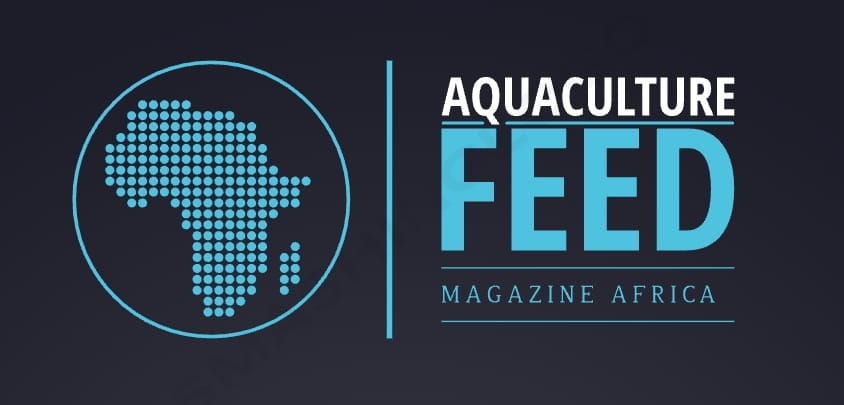BOOK FISH NUTRITION 4TH EDITION
Year: 2021
By Ronald W. Hardy (Editor), Sadasivam J. Kaushik (Editor)
Description
Fish Nutrition, Fourth Edition is an up-to-date, authoritative presentation of all key elements of the nutrition of fish and crustaceans. As aquaculture is rapidly expanding, more than 200 herbivorous and carnivorous species occupy a diverse range of ecological niches, and have therefore evolved to utilize a wide array of food sources. This new edition highlights these differences and covers the complexity and challenges associated with fish nutrition, addressing nutrient requirements to produce high-quality, healthful and sustainable resources, the essential nutrients for fish species, including proteins and amino acids, vitamins, minerals and essential fatty acids, a feed quality assessment, and fish pathology. Led by a team of international experts, this edition provides readers with new information on the use of high-throughput technologies in fish nutrition research, the role of feeds on the community structure of the microbiome, and advances in essential nutrient requirements.
Table of Contents
- Cover image
- Title page
- Table of Contents
- Copyright
- Contributors
- Preface
- Editor biographies
- Chapter 1. Fish nutrition—history and perspectives
- 1.1. Early records of fish nutrition
- 1.2. Recent history of fish nutrition research
- 1.3. Fish nutrition developments in China
- 1.4. Evolution of fish feeds
- 1.5. Fish nutrition challenges
- 1.6. Future needs
- Chapter 2. Bioenergetics
- 2.1. Introduction
- 2.2. Energy production and transformation in biological systems/at the cellular level
- 2.3. Partition of dietary energy and utilization (energy flow)
- 2.4. Meeting energy requirements for growth
- 2.5. Conclusions
- Chapter 3. Vitamins
- 3.1. Introduction
- 3.2. The water-soluble vitamins
- 3.3. The fat-soluble vitamins
- 3.4. Vitamin-like compound
- 3.5. Interactions between vitamins and other nutrients
- Chapter 4. Protein and amino acids
- 4.1. Nutritional biochemistry of proteins and amino acids
- 4.2. Protein and amino acids
- 4.3. Protein requirement
- 4.4. Qualitative and quantitative amino acid requirement
- Chapter 5. The lipids
- 5.1. Introduction
- 5.2. Lipid biochemistry
- 5.3. Lipid intake
- 5.4. Lipid digestion
- 5.5. Lipid synthesis and deposition
- 5.6. Long-chain polyunsaturated fatty acids
- 5.7. Lipid catabolism and energy production
- 5.8. Lipids and the gut microbiota
- 5.9. Dietary sterols
- 5.10. Dietary phospholipids
- 5.11. Peroxidation and pigments
- 5.12. Lipids in aquafeeds and planetary boundaries
- 5.13. n-3 LC-PUFA expectations
- 5.14. Dietary lipids and the environment
- 5.15. Prospects
- Chapter 6. The minerals
- 6.1. Introduction
- 6.2. Calcium and phosphorus
- 6.3. Magnesium
- 6.4. Sodium, potassium, and chloride
- 6.5. Copper
- 6.6. Iron
- 6.7. Manganese
- 6.8. Selenium
- 6.9. Zinc
- 6.10. Iodine
- 6.11. Chromium
- 6.12. Other minerals
- 6.13. Use of alternate feed ingredient sources to fishmeal and criteria for their mineral supplementation
- 6.14. Concluding remarks
- Chapter 7. Carbohydrates
- 7.1. Introduction
- 7.2. Carbohydrate digestion
- 7.3. Digestibility of dietary carbohydrates
- 7.4. Absorption/uptake and transport
- 7.5. Postprandial glycemia and control
- 7.6. Glucose metabolism
- 7.7. Endogenous glucose production, storage, and mobilization
- 7.8. Efficiency of utilization of digested carbohydrates for growth
- 7.9. Dietary levels of incorporation
- 7.10. Other beneficial or detrimental effects of dietary carbohydrates
- 7.11. Improving carbohydrate utilization through exogenous enzymes
- 7.12. Analytical issues on measurement and characterization of dietary starches
- 7.13. Conclusions
- Chapter 8. Nutritional physiology
- 8.1. Introduction
- 8.2. Feeding strategy
- 8.3. Digestive system
- 8.4. Chemical and cellular signaling
- 8.5. Impacts of terrestrial plant-based ingredients on fish physiology
- 8.6. Concluding remarks
- Chapter 9. Diet formulation and manufacture
- 9.1. Introduction
- 9.2. Aims of diet preparation
- 9.3. Feed ingredients
- 9.4. Diet formulation
- 9.5. Feed categories
- 9.6. Diet manufacture and storage
- 9.7. Concluding remarks
- Glossary
- Chapter 10. Diet analysis and evaluation
- 10.1. Introduction
- 10.2. Chemical analysis
- 10.3. Feed quality assessments
- 10.4. Biological evaluation of diets
- 10.5. Feed formulation and economic evaluation
- Chapter 11. Nutritional supplements and fish health
- 11.1. Introduction
- 11.2. Factors affecting fish health
- 11.3. Dietary components influencing fish health
- 11.4. Integration of diet formulations and feeding practices to optimize fish health
- 11.5. Concluding remarks
- Chapter 12. Antinutrients and adventitious toxins
- 12.1. Introduction
- 12.2. Antinutrients
- 12.3. Adventitious toxins
- Chapter 13. Nutritional pathology
- 13.1. Introduction
- 13.2. Principles of nutritional pathology
- 13.3. The deficiency and imbalance diseases
- 13.4. Toxic components of the diet
- 13.5. Calcium
- 13.6. Toxic organic products in the diet
- Chapter 14. Feeding and fish husbandry
- 14.1. Introduction
- 14.2. Feed utilization and fish growth
- 14.3. Pellet characteristics
- 14.4. Feed delivery systems
- 14.5. Feeding in semi-intensive systems
- 14.6. Feeding intensive production systems
- 14.7. Observational feed inputs
- 14.8. Feed tables
- 14.9. Feeding frequency
- 14.10. Abiotic and biotic factors affecting feed management
- 14.11. Predicting growth, nutrient input, and feed utilization
- 14.12. Feeding early life stages (larvae and fry)
- 14.13. Summary
- Index

